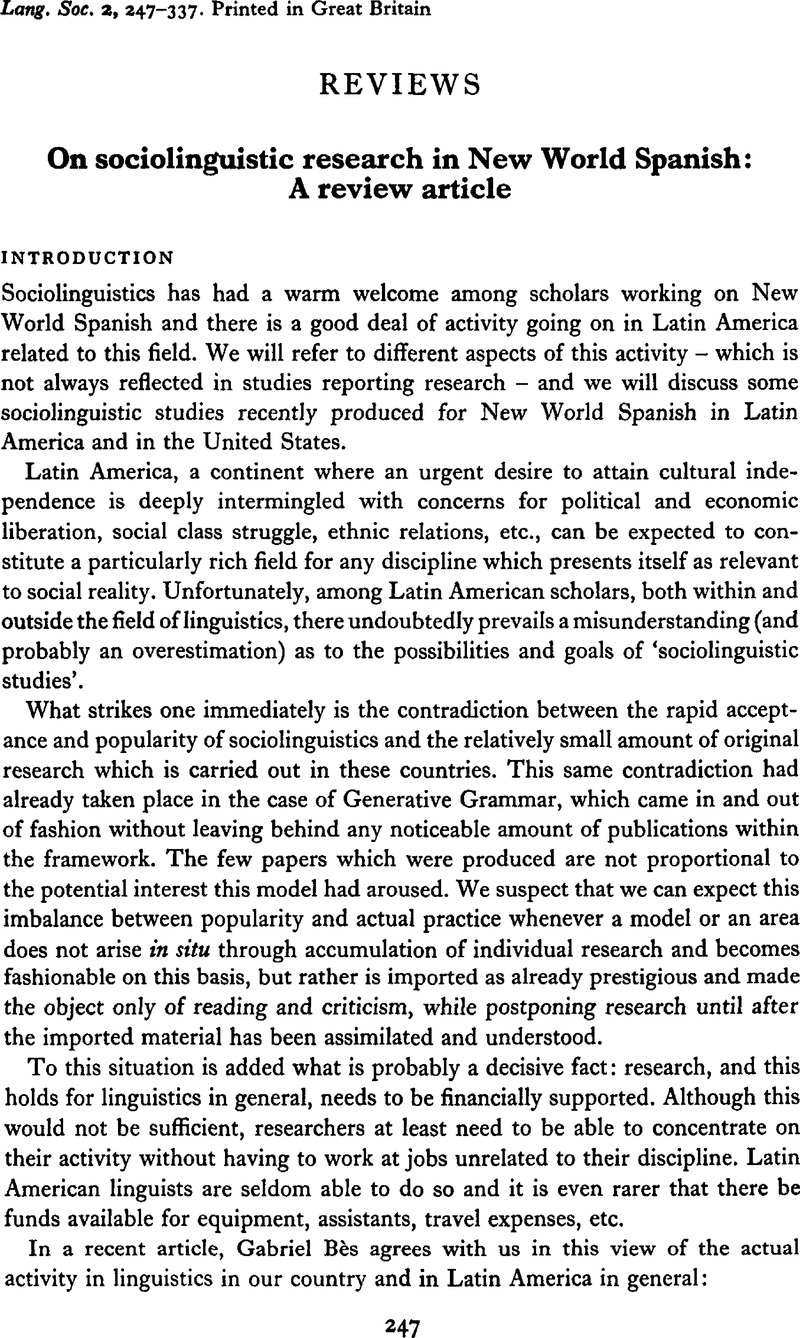Crossref Citations
This article has been cited by the following publications. This list is generated based on data provided by Crossref.
Berk-Seligson, Susan
and
Seligson, Mitchell A.
1978.
The phonological correlates of social stratification in the Spanish of Costa Rica.
Lingua,
Vol. 46,
Issue. 1,
p.
1.
Hymes, Dell
1983.
The Sociogenesis of Language and Human Conduct.
p.
189.



